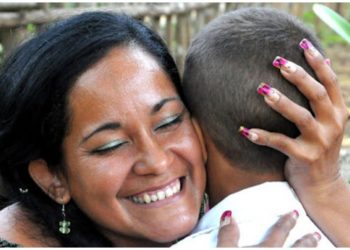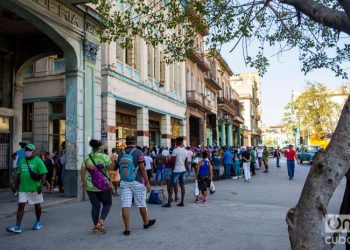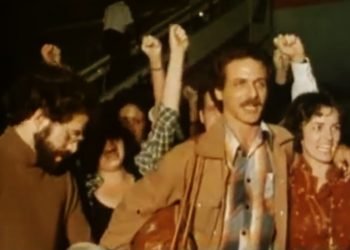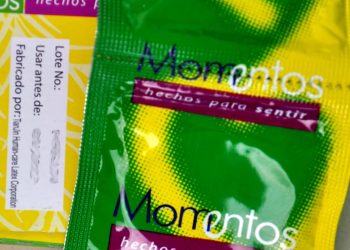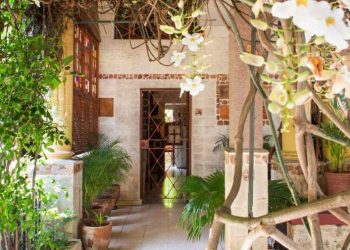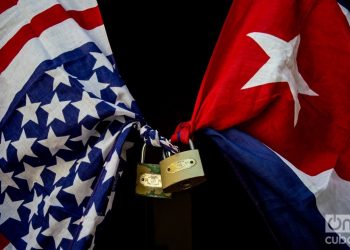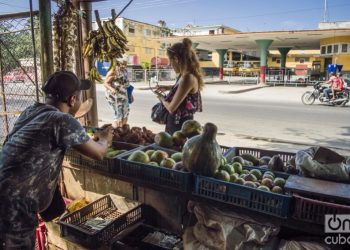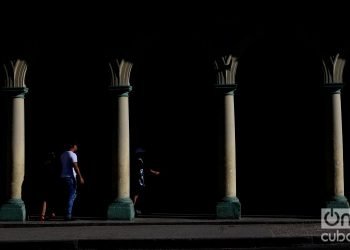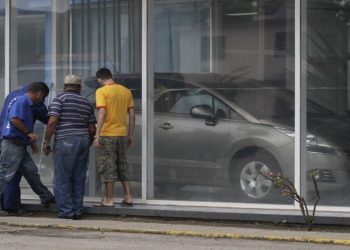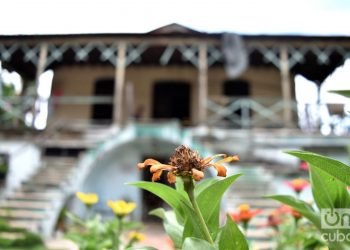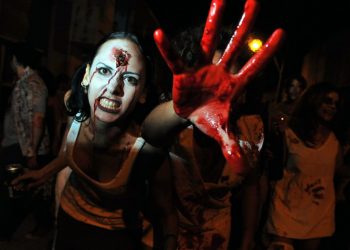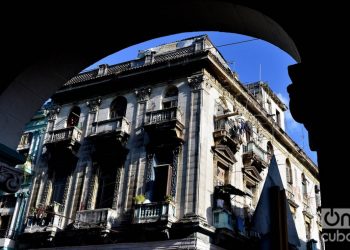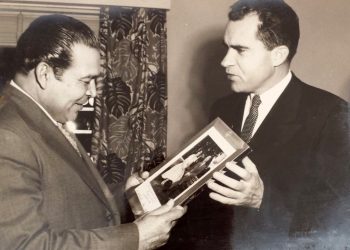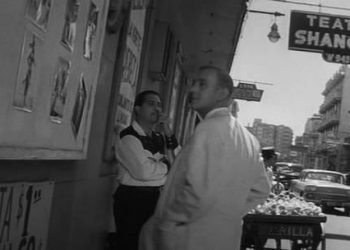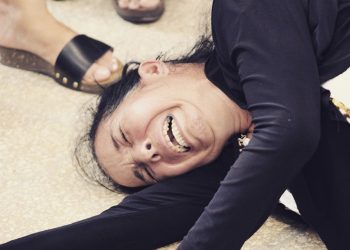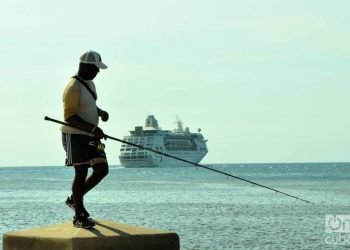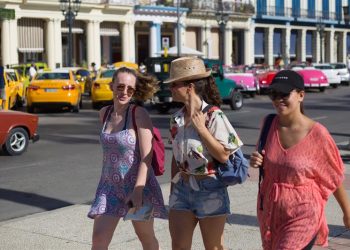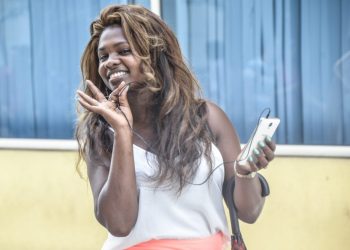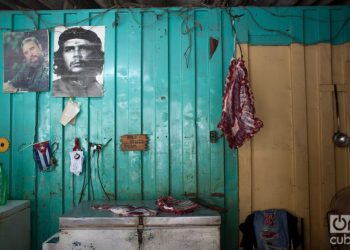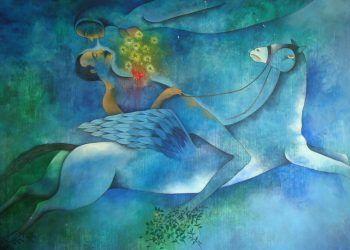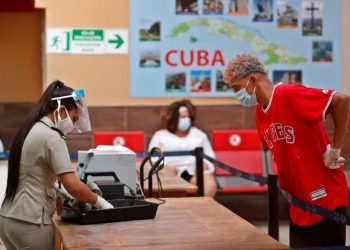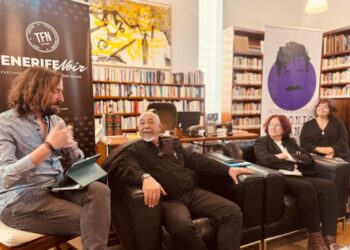Mother’s Day in Cuba
In 1872 Julia Ward Howe (1819-1910) decided to celebrate Peace Day in Boston, in what is considered the first antecedent of Mother’s Day. A poet and social activist, she wrote the “Appeal to Womanhood,” a true call for peace and disarmament. And a reaction to the carnage of the American Civil War (1861-1865) and the Franco-Prussian War (1870-1871). After the War, Ward Howe became involved in the women’s suffrage movement. In 1868 she helped form the New England Women’s Suffrage Association, of which she was elected its first president, a position she held until 1877. Earlier, in 1871, she had become the first president of the American branch of the Women’s International Peace Association. Julia Ward Howe (1819-1910). In the “Appeal,” Julia Ward Howe writes the following: But women need no longer be made a party to proceedings which fill the globe with grief and horror. Despite the assumptions of physical force, the mother has a sacred and commanding word to say to the sons who owe their life to her suffering. That word should now be heard, and answered to as never before. Arise, then, Christian women of this day. Arise, all women who have hearts.… Our sons shall...


